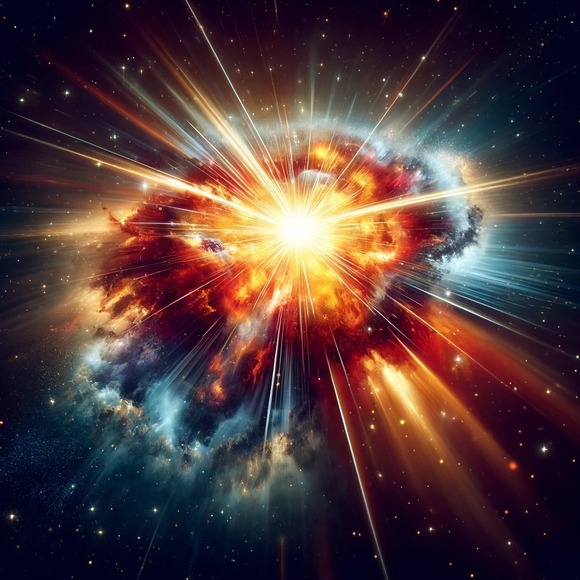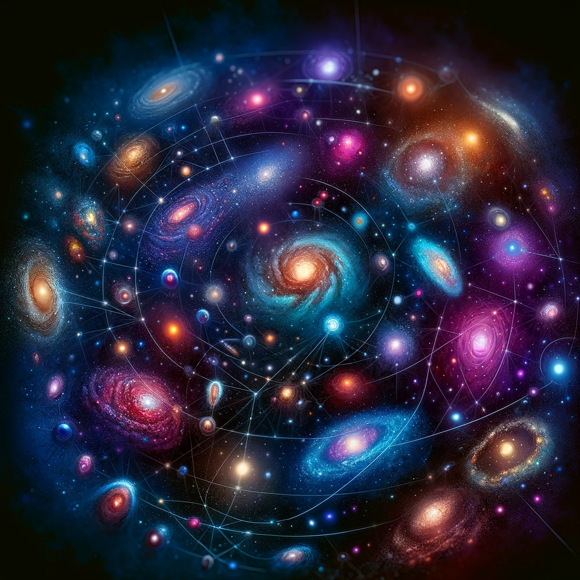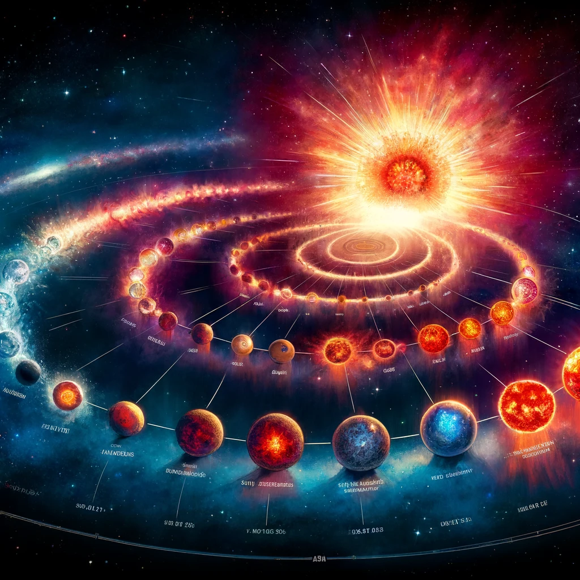Imagine a canvas smeared with a million twinkling stars. Now, picture a colossal explosion igniting on that canvas, a burst of light so powerful it briefly outshines everything around it. That’s a supernova, a celestial fireworks display that, despite the distance, holds the key to our galaxy’s story.
These exploding stars aren’t just dazzling light shows; they’re cosmic alchemists. In their fiery bellies, they cook up the very elements that make life possible – gold, silver, the very air we breathe. Before a supernova scatters these ingredients across the cosmos, it lives a glorious life as a massive star, but eventually burns out in a blaze of glory.
This isn’t just a one-star performance, though. Supernovae are like cosmic conductors, triggering the birth of new stars with their shockwaves. They stir the interstellar dust, creating a galactic ballet of birth and death that shapes the intricate structures of our galaxy.
But beneath the awe, there’s a humbling truth. We, on our tiny blue marble, are just a speck of dust caught in this grand cosmic dance. Supernovae remind us of the fiery crucible from which our very atoms were forged, a constant reminder of our place in the vastness of space.
So next time you gaze at the night sky, remember the symphony of light and death playing out above. Each star, a testament to the power of creation and destruction, whispers a story of our universe’s evolution. And in the heart of these exploding giants, we find not just the building blocks of life, but also the spark of curiosity that drives us to understand the grand cosmic narrative.





